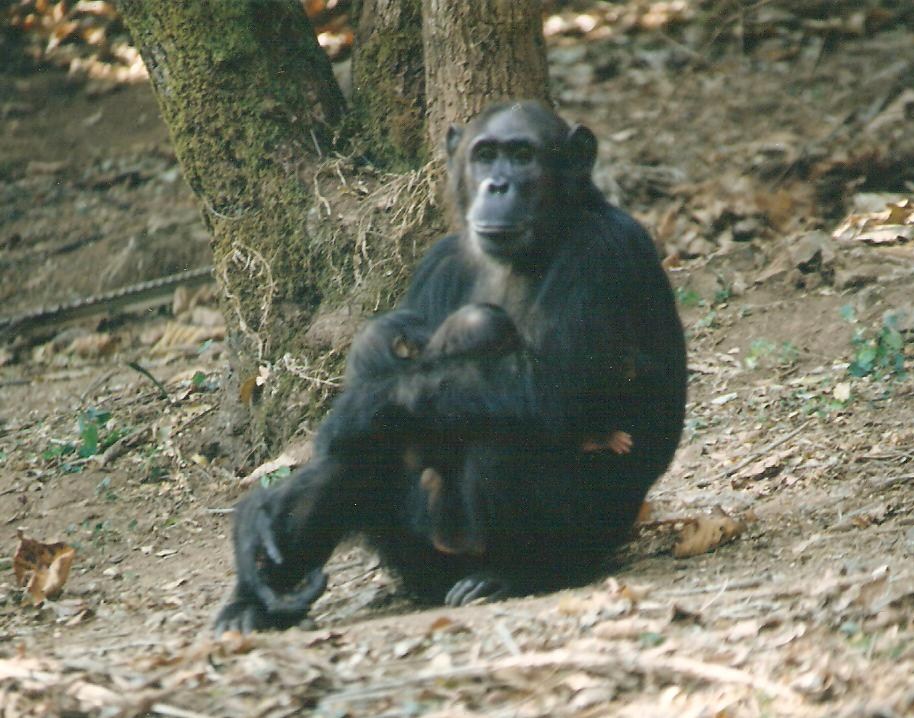
“Bentari loved riddles. He smiled as he sprinted into the darkness away from Mankani. Up the hidden ladders of vines he scrambled, up into the middle terrace of the forest; there to disappear as surely as the shy denizens of the forest night. He proceeded north rapidly and soon was deep within the labyrinth, far away from his grandfather whose embraces warmed him still. He did not forget Mankani’s advice to rest, but forced his swift pace only until he grew a little weary. Then he fashioned a leafy nest in the fork of a strong, high branch. Any chimpanzee would have been proud to occupy his comfortable resting place. A few armfuls of leaves were not only softened but also scented pleasantly by the mosses and other epiphytes that Bentari found covering nearby branches. Contentment kept him company as he curled up and nodded dreamily to sleep. It was the brave lad’s good fortune that he knew nothing of his mother’s recent peril.” (From Bentari, chapter 15)
Bentari is a book about human problems, but it is also a story filled with nature—its beauty and its danger, its compelling drama and its ancient wisdom. Many animals make cameo appearances. Some play subtle roles like the crocodile and the plover bird, the hyrax, and the mangabey. It’s ironic that the poor chimpanzee is only mentioned once in the entire story. For it is undoubtedly due to my long devotion to Jane Goodall and her studies of our primate relatives that nature and so many animal “characters” worked their way from my consciousness out onto the pages while I wrote. And it is a certainty that I learned about chimpanzee scented bed-making habits from her books and films.
Pictured here are Gremlin and her twins Glitter and Gold at the Gombe Reserve in Tanzania. Twins are rare among chimpanzees. Unfortunately, human diseases are not. Killers like polio and tuberculosis are easily contracted by chimpanzees whose immune systems are not equipped to put up much of a fight. When Jane began her work at Gombe about 50 years ago, lush natural forests covered almost all of Tanzania. Now, Gombe stands like a wooded island in a brown land devoid of trees. Part of Jane’s mission is to “contribute to the preservation of great apes and their habitats by combining conservation with education and promotion of sustainable livelihoods in local communities”. We aim to help—however we can.
Photo by Steve Siegel.
Learn more about Dr. Jane’s research and conservation work at the Jane Goodall Institute website: http://www.janegoodall.org/
Please send feedback about this blog entry to Tim@Bentari.com. Thank you.